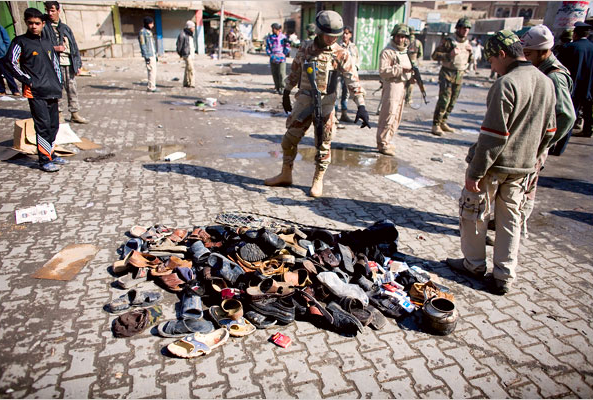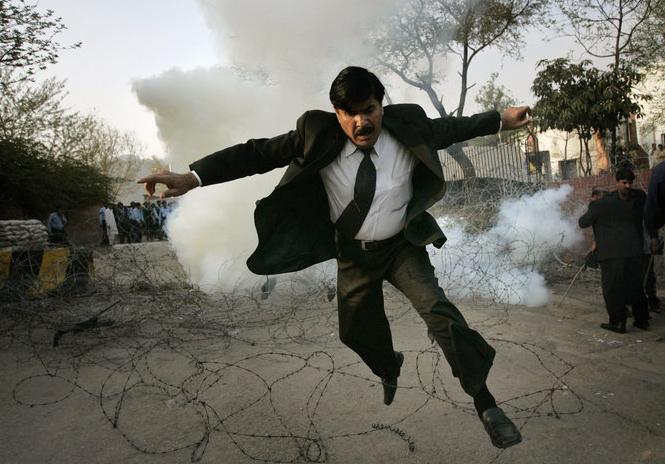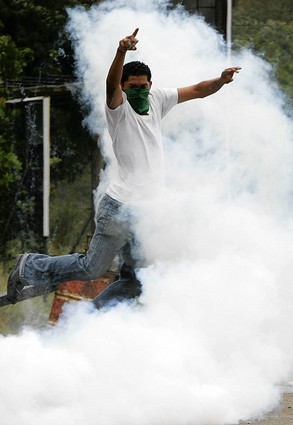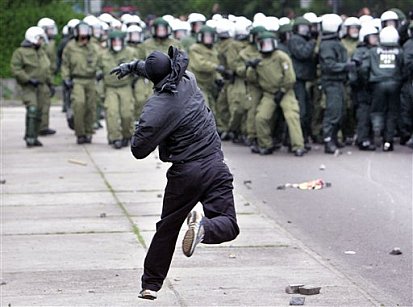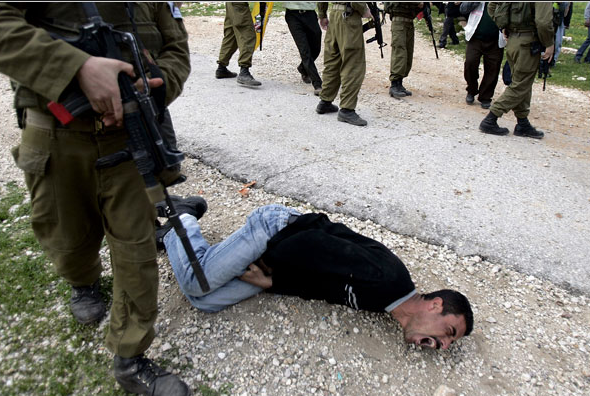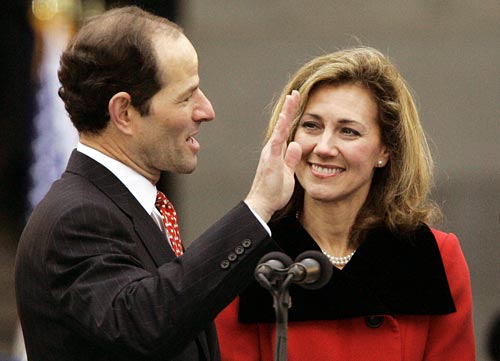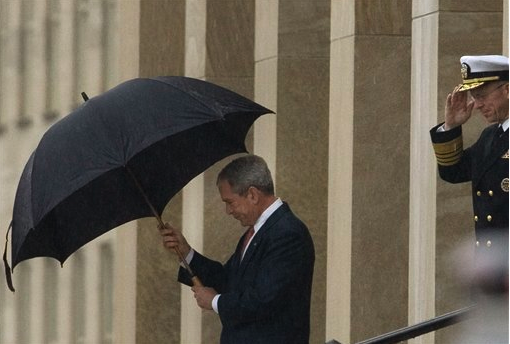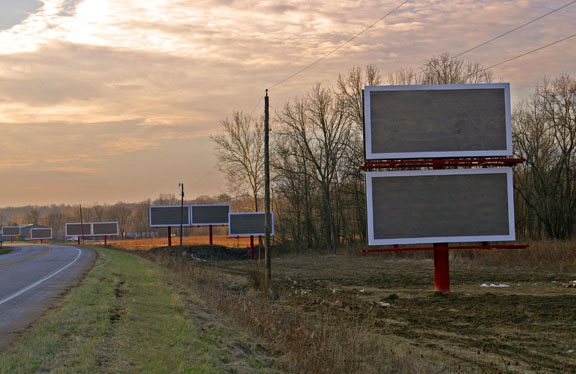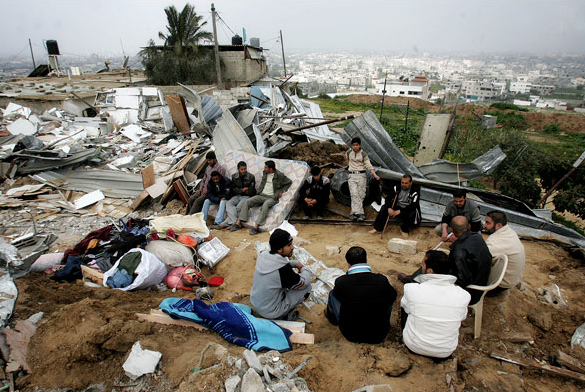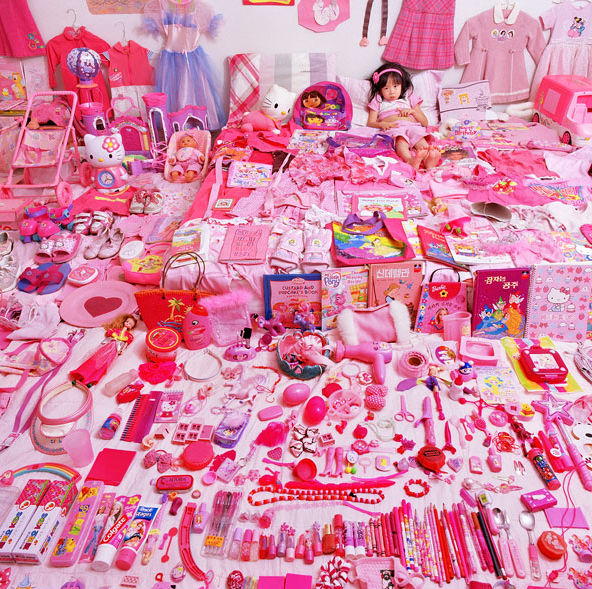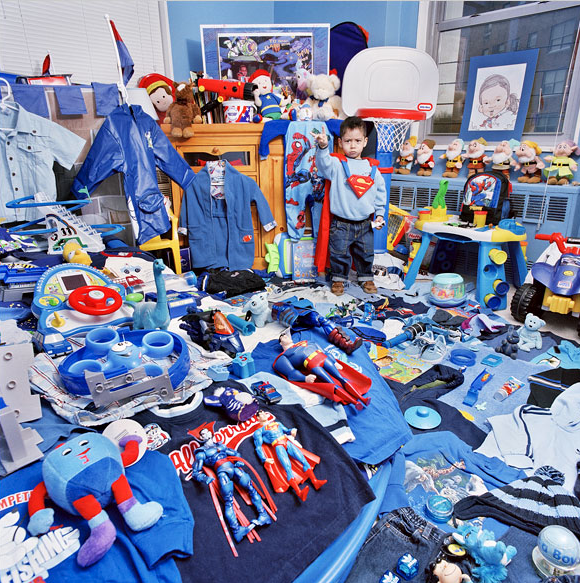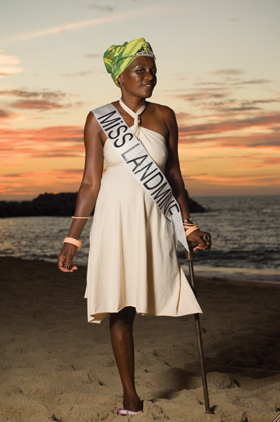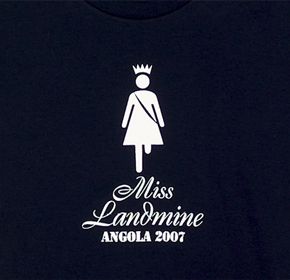Eight U.S. soldiers were killed in Baghdad early this week, the deadliest single day for Americans troops since the “surge” this past summer. But, of course, it would be hard to know this by reading the national newspapers. On the NYT website it barely received notice at all, cast in tiny type and posted below the bar on the home page, subordinated to the carnival of reports on the sexual peccadilloes of “Client #9,” as well as stories on efforts by the Federal Reserve to jump start the economy, and the travails of college and university soccer, track, and softball coaches who simply don’t have the resources dedicated to “revenue earning” sports like basketball and football. The story of the bombing faired only slightly better at the WP, where it was front and center on the home page, but again set in small type and subordinated to a much larger headline announcing “Coupon Cutters Help Military,” a human interest story about senior citizens at an American Legion Post who do “their part in the war on terror” by clipping coupons and sending them to military families overseas.
As for pictures of the bombings, well, nada. Nothing. A visual void. It is always hard to know how to judge the absence of evidence, visual or otherwise, but in this case it would seem that the lack of pictures is evidence of the very presence of absence; or put differently, we have become so inured to the continuing presence of the war, it has become such an ordinary, everyday event, that reports such as this don’t even rise to the level of awareness. “Eight soldiers died in Baghdad yesterday, and in basketball the Celtics beat the Bulls …”
One month ago today we reported on what was then considered to be the “worst attack in months.” It was a suicide bombing in a Baghdad marketplace, not unlike the event that took place this week. No U.S. troops were killed in this earlier bombing, though 65 Iraqis died and twice that many were injured. But there were pictures of the after-effects of the attack, and perhaps we can learn something by looking at one of those photographs published at the time in a NYT slide show.
It is an altogether curious image. The caption reads “Iraqi soldiers and civilians examining a pile of shoes left in Ghazil market.” That might at first seem obvious, but if you bother to trace the line of sight of just about everyone in the photograph you quickly realize that no one is actually looking at the pile; indeed, they seem to be looking almost everywhere but at the shoes. It is almost as if the shoes are hidden in plain sight—rather like news reports of the more recent bombings. And there are other oddities as well. For one, the shoes themselves are massed together as if a “lost and found” collection. The passive construction of the caption—“a pile of shoes left in Ghail market”—is telling in this regard, suggesting the image of articles of clothing either misplaced or forgotten by irresponsible school children, not the remains of the dead and injured that have been purposefully collected. For another, the scene is thinly populated, certainly not what we would expect to see in a vibrant marketplace; but note too that the people that are there are spaced in a pattern that invites a sense of complete and utter disconnection. Ironically, then, we have a public marketplace in which people are present, but any sense of the public communion essential to a productive and robust civil society is altogether absent.
In one register, then, the photograph is a visual study of the trope of presence and absence. The shoes of the people who should be populating the public space are present, but the people themselves are absent; the state (“Iraqi soldiers”) and private individuals (note the more general characterization “civilians” and not the more politically affected “citizens” ) are minimally present, but the civil society that might connect them as part of a common culture in communion with one another is absent. But more than this, the representations of presence and absence function as an allegory for the effects of war and collective violence on civil society more generally, framing the photograph itself as something of a metaphoric “lost and found box”: the visual display of a scene in which a thoroughly fragmented polity searches in vain for what for what it can never quite seem to find (or what it desperately needs), even as it implicitly harbors the hope that what is lost is safely waiting to be found hidden away somewhere.
The oft told myth, of course, is that wars unite communities in common cause—and in some ways they surely do that—but such is also a romantic notion that sublimates the larger sense in which wars tear civil society asunder, making it unrecognizable even when all of the elements seem to be in place. This is one of war’s most profound tragedies and it is often hard to see.
Photo Credit: Eros Hoagland/NYT
